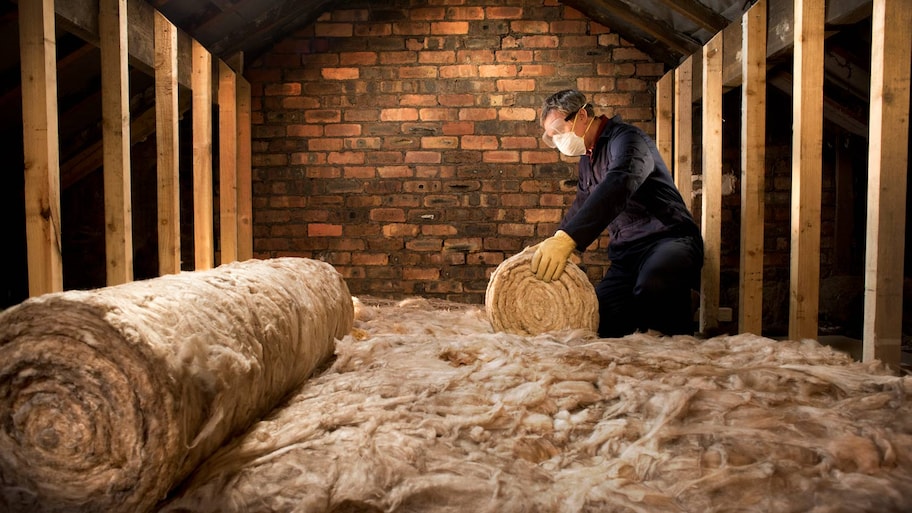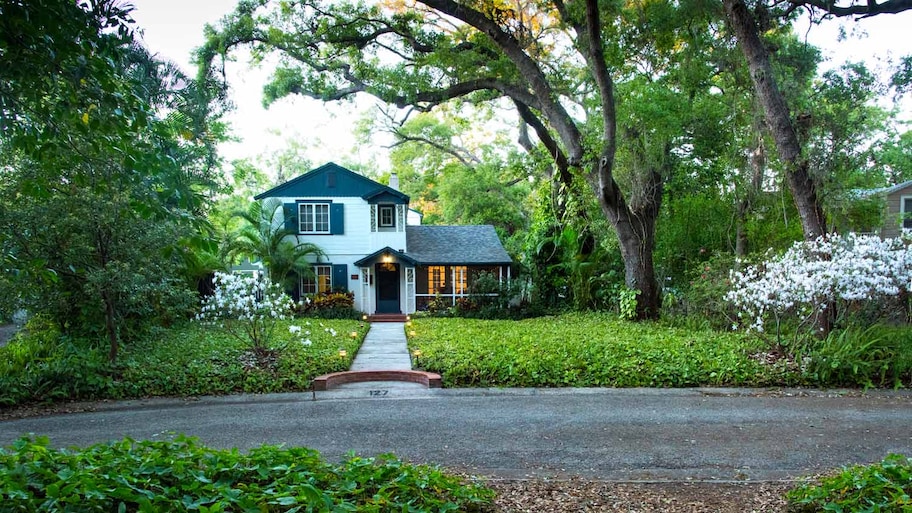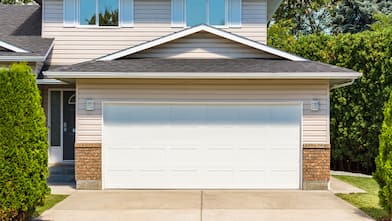Insulation costs an average of $5,213
Intro: Insulation can keep your home cozy and warm on long winter nights or cool on hot sunny days. For all that energy-saving efficiency, you can expect to pay between $1,500 and $10,000. Blown-in insulation costs $5,213 on average, which is a little less than batting, fiberglass, and radiant barrier insulation. Spray foam insulation has the highest ROI but is also the most expensive option.
How Much Does Insulation Cost per Square Foot?
You’ll spend between $1 and $3.89 for every inch of thickness per board foot, which is 1 square foot of material, 1 inch thick. So, $4 to $15.56 per square foot total. To figure your cost, you simply multiply each price below by the thickness of insulation you need.

Insulation Price per Board Foot
Batting: $0.30–$1.50
Loose-fill or blown-in: $1–$2
Spray foam: $0.50–$2
Radiant: $0.20–$1
Rigid: $0.25–$1
How Much Insulation Can I Get on My Budget?
The type of home insulation you choose to install, the thickness, where it's installed, and the cost of labor (unless you DIY) all figure into your final price. Which insulation you pick might come down to which type is best for your climate. You can use this map by Energy Star as a guide.
To get an idea of what you can get on your budget, we’ve broken down pricing into which area of the home or garage you want to insulate.
Insulating Your Attic

Depending on which insulation you choose, you can expect to pay between $3,000 and $6,100 to insulate your attic. The most common types of insulation for an attic include batting, blown-in, and spray foam or a combination of spray foam with batts or blown-in.
Insulating Crawl Space
To insulate a crawl space, you will pay about $1 to $5 per square foot, depending on the type of insulation you use. That means you can spend anywhere from $1,500 to $6,902. Fiberglass, spray foam, and rigid board insulation are the most common types of insulation in crawl spaces.
You might even use insulated concrete forms, which run between $150 and $160 per square foot and include a poured concrete wall.
Insulating Your Walls
Wall insulation costs between $1 and $4 per square foot. It’s common in new construction to use either spray foam, rigid, or reflective insulation, or even a combination of all three, which can cost on average $3 to $4 per square foot.
Insulating Your Basement
You can figure on about $1.50 to $2.50 per square foot to insulate your basement. Typically, basements don’t need as much insulation to keep the space cool in the summer and warm in the winter as they are below ground, and the earth acts as an insulator.
Insulating Your Roof
You’ll spend anywhere between $2,500 to $8,000 or more to insulate your roof. On new construction, you can insulate a roof during or after construction. Many roofs have as much as 12 inches of insulation.
Insulating an Attached Garage
To insulate your garage, you will pay from $0.50 to $1.25 per square foot. Have your garage insulated by a pro, and that price may double. So, your total cost could be between $1,600 to $6,500, depending on the materials you choose and the size of the space.
Insulating Your Mobile Home
Most mobile homes come fully insulated. However, in frigid areas of the U.S., it’s not a bad idea to add a bit more. You can expect to pay $0.25 to $1 per square foot to insulate your mobile home with fiberglass batting. That price can hit $3 per square foot if you decide to use thicker materials and have professional installation.
Labor
Labor costs to install insulation vary from one location to the next, but you can expect to pay between $0.25 to $0.50 per square foot. However, that figure depends on the type of insulation, the thickness (or R-value) installed, and the location in your home or garage. On the high end, most batting—both mineral wool and fiberglass—cost $1 to $1.50 per square foot to install.
How Much Does It Cost to Install Insulation Yourself?
Most installations are DIY-friendly. You’ll make a mess, but with the right tools, proper insulation, and enough time, you should be good to go. However, you may want to consult a pro for any blown-in roof or attic jobs, as they can require specialty equipment.
Installing insulation yourself will save you labor cost to hire a pro, which can average about $0.40 cents per square foot. But you’ll need to measure the square footage and buy the proper insulation to reach your optimal R-value, and the tools to install it properly. For most DIY solutions, try fiberglass roll and batting or rigid foam boards.
DIY Cost Breakdown
Before you break out the insulation:
Make sure you have the best R-value for the job
Make sure you have all the tools and products needed to complete the job
Get rid of any old material
Check for rebates or credits available from the utility company in your area

Material Cost
In addition to the insulation fees, you’ll also want to check if you need to air seal areas of your home before you insulate. You can use a variety of materials, including expanding spray foam, caulk, and weatherstripping to seal your home.
Vapor barrier: $18
Caulk: $6
Expanding foam: $6
Insulation (per board foot): Batting: $0.30 – $1.50, Loose-fill or Blown-in: $1 – $2, Spray foam: $0.50 – $2, Radiant: $0.20 – $1, Rigid: $0.25 – $1
Weatherstripping: $4.50 (10-foot roll)
Tools and Equipment
You’ll save a lot of time if you have all of the tools and materials you need on hand before you start the job.
Dust mask: $13 (5-pack)
Flashlight: $5–$30
Hammer: $8–$20
Safety goggles or glasses: $2–$20
Straightedge ruler: $20–$25
Utility knife: $7–$10
How Much Does It Cost to Install Insulation by Type?
Each inch of insulation provides between a 3 and an 8 R-value. R-value rates how well the material insulates. The higher the value, the better the insulation.
Spray Foam Insulation Costs
The average spray foam cavity wall insulation costs are about $1 to $2 per square foot. There are two types of spray foam: open-cell, which can cost $0.44 to $0.65 per board foot, and closed-cell, ranging from $1 to $1.50 per board foot. Spray foam insulation works best if you're trying to insulate interior walls that are drywalled.
Blown-in and Loose-fill Insulation Costs
For DIY projects, you can rent a blower for under $100 a day, and buy bags of 25-pounds of cellulose blown-in insulation at a home improvement store for about $15. The total cost for your DIY is about $500 or less. You may also be able to find reclaimed and recycled varieties.
Batt and Roll Insulation Costs
Fiberglass batt and roll insulation can cost from $1,000 to $2,400, with an average cost per square foot of between $0.30 to $1.50. If you have a 500-square-foot area, and you do the job yourself, you’re looking at spending about $150 to $700.
FAQs About Insulation Cost
What is R-value?
Insulation is measured by R-value—the measure of a material's ability to resist heat transfer. The higher the number, the better the insulation. When installing insulation yourself, you need to determine the optimal R-value you need to keep your home warm in the wintertime, cool in the heat of summer and energy-efficient all year long.
Do you have enough insulation?
Two-thirds of all homes in the U.S. are under-insulated. So, if ice dams form along your roofline in the winter, or you’ve noticed that cooling the second story of your home on hot summer days is getting more expensive, your home could lack sufficient insulation.
What does it mean to upgrade your insulation?
If your HVAC system is working overtime to maintain the right temperature in your home, you may want to consider an insulation upgrade or replacing your existing insulation with higher R-value insulation. One way to find out if you need to upgrade is to call a local independent energy auditor in your area to come to your home and do an assessment of your home’s energy efficiency.





